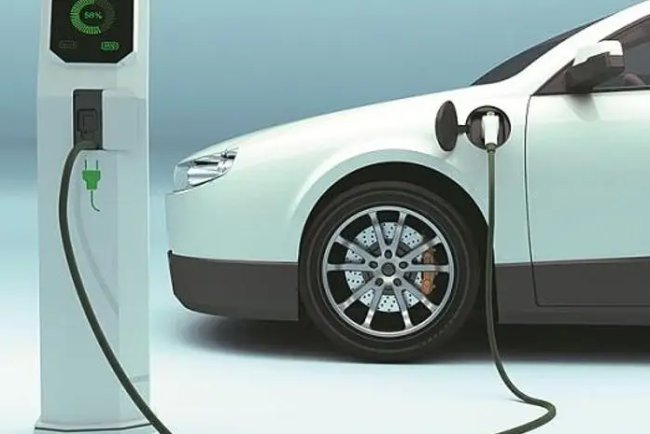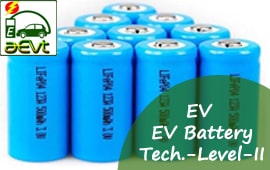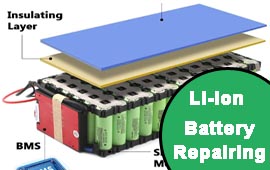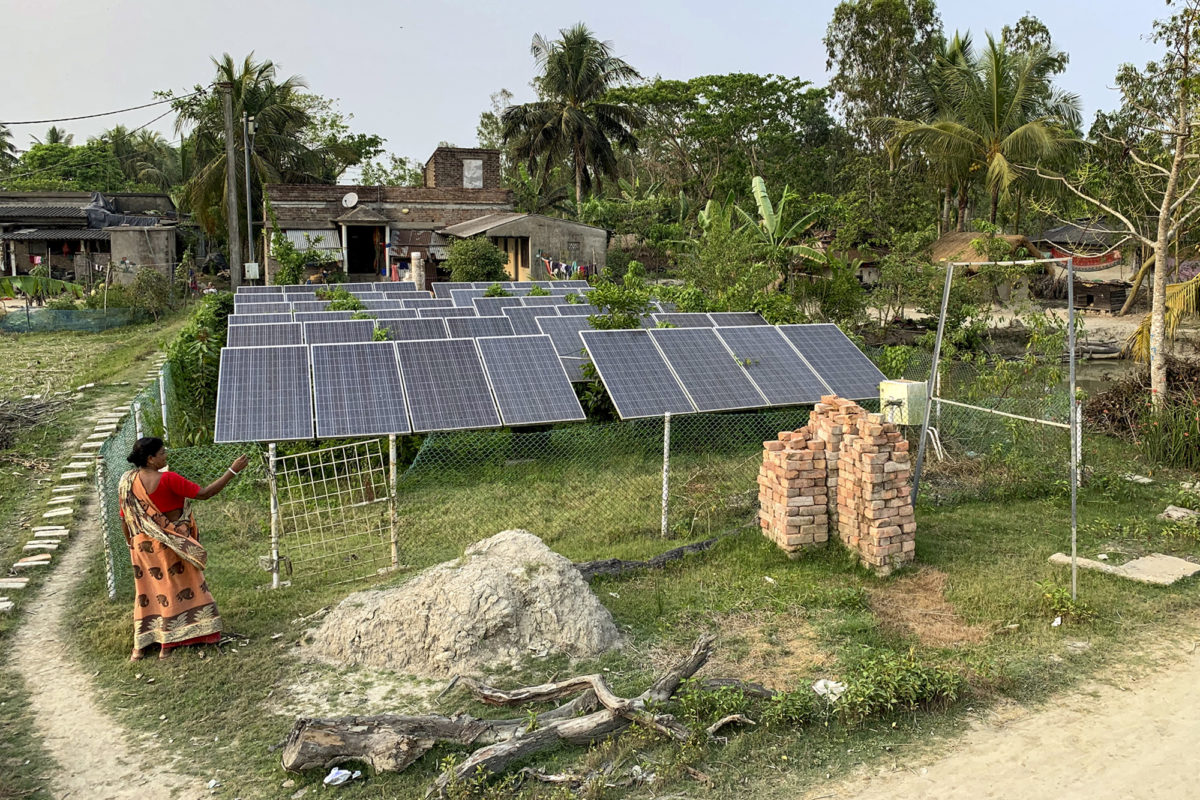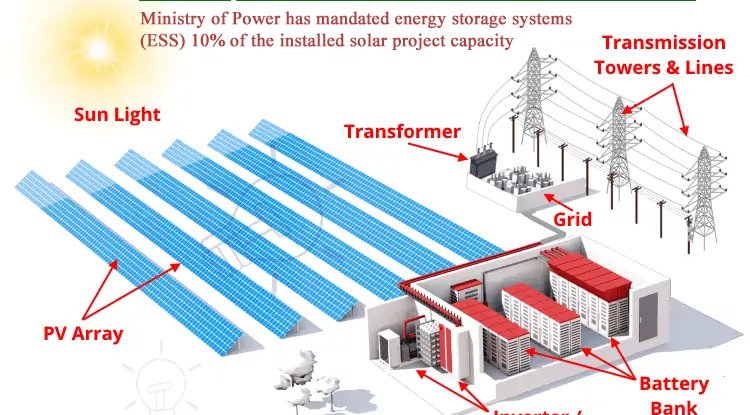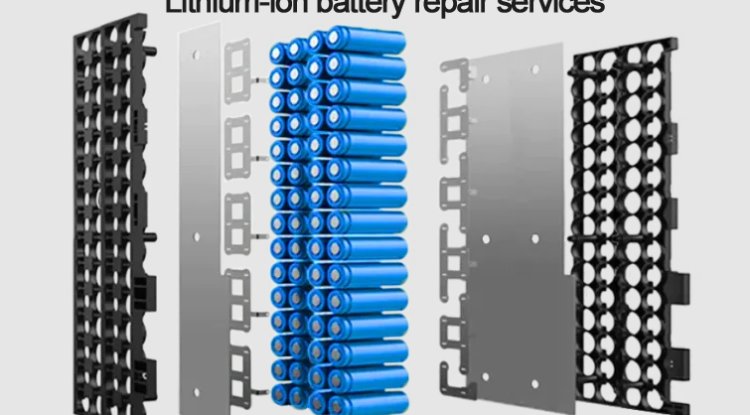10 percent Battery Energy Storage mandate for Renewable Energy Power Plant
PR Newswire: Yes, battery storage is becoming increasingly mandated for MW-scale solar power plants in India. The Indian government has mandated the inclusion of a minimum two-hour energy storage system (ESS) equivalent to 10% of the installed solar capacity in all new solar tenders. This requirement aims to address the intermittency of solar power and enhance grid stability.
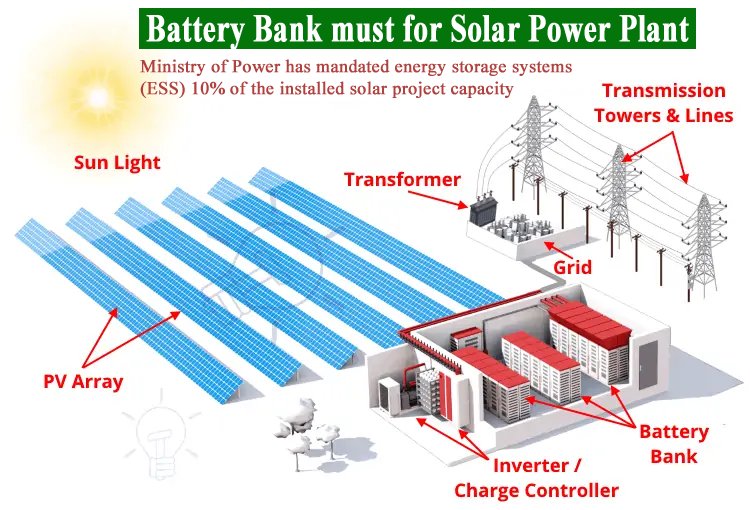
The Ministry of Power has mandated that all renewable energy implementing agencies (REIAs) and State utilities must incorporate a minimum of two-hour co-located energy storage systems (ESS), equivalent to 10% of the installed solar project capacity, in future solar tenders. The ministry said this requirement will help mitigate intermittency issues and provide critical support during peak demand periods. It added that distribution licensees could also consider mandating two-hour storage with rooftop solar installations.
There is a possibility that the mandate will be expanded in the future, with higher percentages of battery storage being required for renewable energy projects.
The mandate is designed to:
- Mitigate intermittency: Solar power generation fluctuates, and battery storage helps to smooth out these fluctuations, providing a more consistent power supply.
- Enhance grid stability: By storing excess energy during peak generation and releasing it during periods of high demand or low generation, battery storage reduces stress on the grid.
- Support peak demand: Battery storage can be utilized to meet peak electricity demand, which is crucial for maintaining grid reliability.
Benefits of the ESS Integration:
-
Increased Renewable Energy Integration:BESS helps manage the intermittency of renewable energy sources like solar and wind, enabling greater integration into the grid, according to the PIB.
-
Reduced Reliance on Fossil Fuels:By storing renewable energy, BESS can reduce the need for fossil fuel-based power plants, leading to a cleaner energy mix.
-
Lower Electricity Costs:By optimizing energy delivery and reducing peak demand charges, BESS can help lower overall electricity costs for consumers.
-
Improved Grid Stability:BESS can provide grid stability and support services, ensuring a more reliable and resilient power supply.
-
Economic Growth:The scheme is expected to mobilize significant investments, create jobs, and promote technological advancements in the energy storage sector.
For more Visit https://mnre.gov.in/en/energy-storage-systemsess-policies-and-guidelines/
According to the Central Electricity Authority’s (CEA) National Electricity Plan (NEP 2023), India aims to integrate 364 GW of solar and 121 GW of wind capacity by 2031–32. To support this, the optimal energy storage requirement is projected to be nearly 74 GW (411 GWh), comprising 27 GW (175 GWh) of pumped hydro storage and 48 GW (236 GWh) of battery energy storage systems (BESS).
Lithium-ion battery storage is increasingly becoming a necessity for MW-scale solar power plants, especially in regions with grid instability or limited grid capacity. The lithium-ion battery market is poised for significant growth, largely driven by the increasing adoption of electric vehicles (EVs) and the integration of renewable energy sources like solar power into the grid. The mandate is expected to encourage greater investment in and deployment of battery storage technologies, further driving down costs and improving the overall economics of renewable energy projects. This growth is further fueled by government policies and initiatives aimed at promoting sustainable energy and reducing carbon emissions.
Drivers of Lithium-ion Battery Growth:
-
India's Market Size:India's lithium-ion battery market is expected to grow significantly. Some projections estimate a rise from USD 573.07 million in 2023 to a much larger figure by 2030.
-
Renewable Energy Integration:Solar and wind power are intermittent sources, meaning their output varies depending on weather conditions. Battery energy storage systems (BESS) are crucial for smoothing out this variability and ensuring a consistent power supply.
-
GWh Targets:India aims to achieve a significant amount of renewable energy capacity by 2030, necessitating a corresponding increase in battery storage capacity. Estimates suggest India will need 120 GWh of lithium-ion cells by 2030.
-
Global Demand:The global demand for lithium-ion batteries is also projected to increase substantially, reaching more than 2.8 TWh annually by 2030, according to RMI and BNEF.
-
Declining Battery Costs:The decreasing cost of lithium-ion battery technology, particularly lithium-iron-phosphate (LFP) batteries, makes them more attractive for both EV and grid-scale energy storage applications.
-
Electric Vehicles (EVs):The rising number of EVs on the road directly translates to a greater demand for lithium-ion batteries, as they are the primary energy storage solution for these vehicles.
Challenges and Opportunities:
Among the available technologies, battery energy storage systems (BESS) are currently one of the most promising due to their superior charge-discharge capacities, storage duration and cycle lifetimes.
-
Local Manufacturing:There is a push to increase domestic manufacturing of lithium-ion batteries to reduce import dependence and create jobs.
-
Regulatory Framework:A supportive regulatory framework is essential for the growth of the battery energy storage market, including addressing issues like market participation, taxation, and grid services.
Cost Declines:
In 2024, battery prices dropped 40%, reaching a record low of $165/kWh for a fully integrated system (excluding engineering, construction, procurement, and grid connection costs). The downward trend continues into 2025, with auctions in Saudi Arabia achieving prices as low as $72/kWh.
This price drop is largely due to the widespread adoption of lithium-iron-phosphate (LFP) batteries, which comprised 80% of new grid-scale installations in 2023. LFP technology does not use nickel or cobalt, improves safety, and now comes with 20-year warranties from some manufacturers. These improvements significantly enhance the economics and reliability of battery investments.
In conclusion:Lithium-ion battery storage is becoming increasingly essential for MW-scale solar power plants to ensure grid stability, maximize energy utilization, and meet the growing demand for clean and reliable energy.
Govt. Policy: Government Energy Policy is an important review of the schemes, policies, reports, Government support and Government Policy analysis and review of the energy sectors - renewable energy, green energy, hydrogen energy and energy storage battery sectors.


